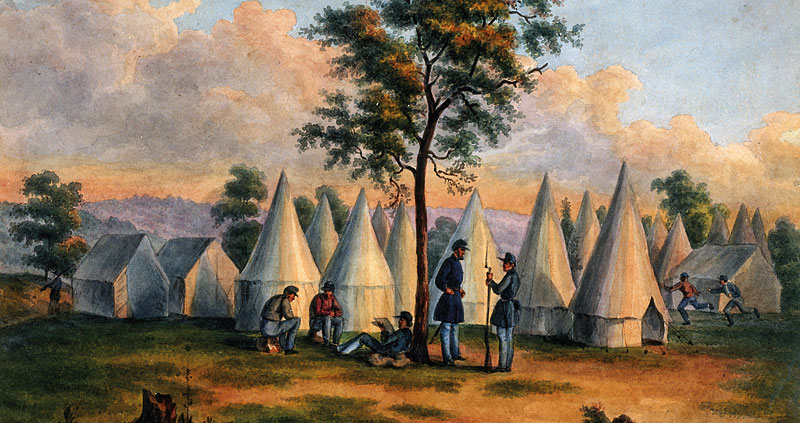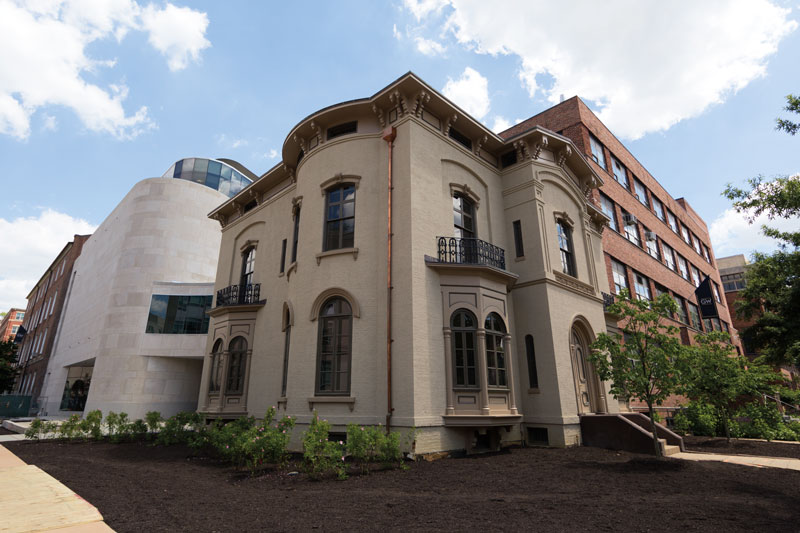A Capital Collection
Albert Small’s Washingtoniana on Exhibit By Christopher Lancette Fine Books contributor Christopher Lancette is a Silver Spring, Maryland, resident who sells antiques and collectibles when he’s not chasing down books for his own collection on the American Revolution.
When future George Washington University (GW) students and scholars wonder who they have to thank for a treasure trove of documents, manuscripts, and maps detailing the history of Washington D.C., their first thoughts should drift toward Albert H. Small, the real estate magnate and 2009 recipient of the Presidential Humanities Medal who donated his extensive collection to the school where he earned his law degree.
Collected over sixty years, Small’s Washingtoniana is now on permanent display at GW’s 156-year-old Woodhull House. Small pledged $5 million towards the renovation of the historic building and the construction of new galleries within a museum complex on GW’s Foggy Bottom campus. The new galleries opened on March 21 with two exhibits derived from Small’s collection: The Civil War and the Making of Modern Washington and Seat of an Empire: Planning Washington, 1790–1801, both on view through October 12.
Some of the remarkable pieces in Small’s collection include George Washington’s 1791 letter to Congress that outlined the new nation’s capital and a War Department poster from 1865 that offered a $100,000 reward for President Lincoln’s assassin.
Considering the value of the collection is worth substantially more than Lincoln’s reward money, Small could have sold the bounty. Why didn’t he cash in?
“Very simple,” said Small. “I don’t need the money.”
Of course, there is more to the story than that.
“If you put a collection on the open market, it will dissipate,” he said. “This way, it stays in one place. That’s the best collection about the history of Washington there is. Washington said, ‘I lay before you a plan for the new capital of our country.’ I’ve got that letter, signed by George Washington. I want people to learn about it, and I want the students at George Washington University to have courses in the history of Washington, which they haven’t had before. They’ll have it now.”
Small chose GW for the gift in consultation with Robert Perry, president of the National Trust for the Humanities and a fellow alum with whom he has served on various boards. Perry said he sees Small’s motivation as equal parts philanthropy and patriotism.
Although the name of the new facility will be the Albert H. Small Center for National Capital Area Studies, the donor is not one for giving money to institutions simply to see his name adorn them.
“A lot of people endow buildings,” he said. “To me, that doesn’t mean anything. That’s just an ego trip, whereas if you give a collection, it has some real educational value. What I’ve done is something to enrich society.”
In 2004, Small contributed his Declaration of Independence collection to another alma mater, the University of Virginia. That donation included a complete set of autographed letters from all 56 signers who mutually pledged to each other their lives, fortunes, and sacred honor.
“In my own way, I’m kind of a philanthropist,” Small said. “I want to see young people do more than just sports … I want people to realize there are more interesting things to know about, that there are interesting things in history—a lot of stuff that, if they dig into, they’ll find fascinating.”









